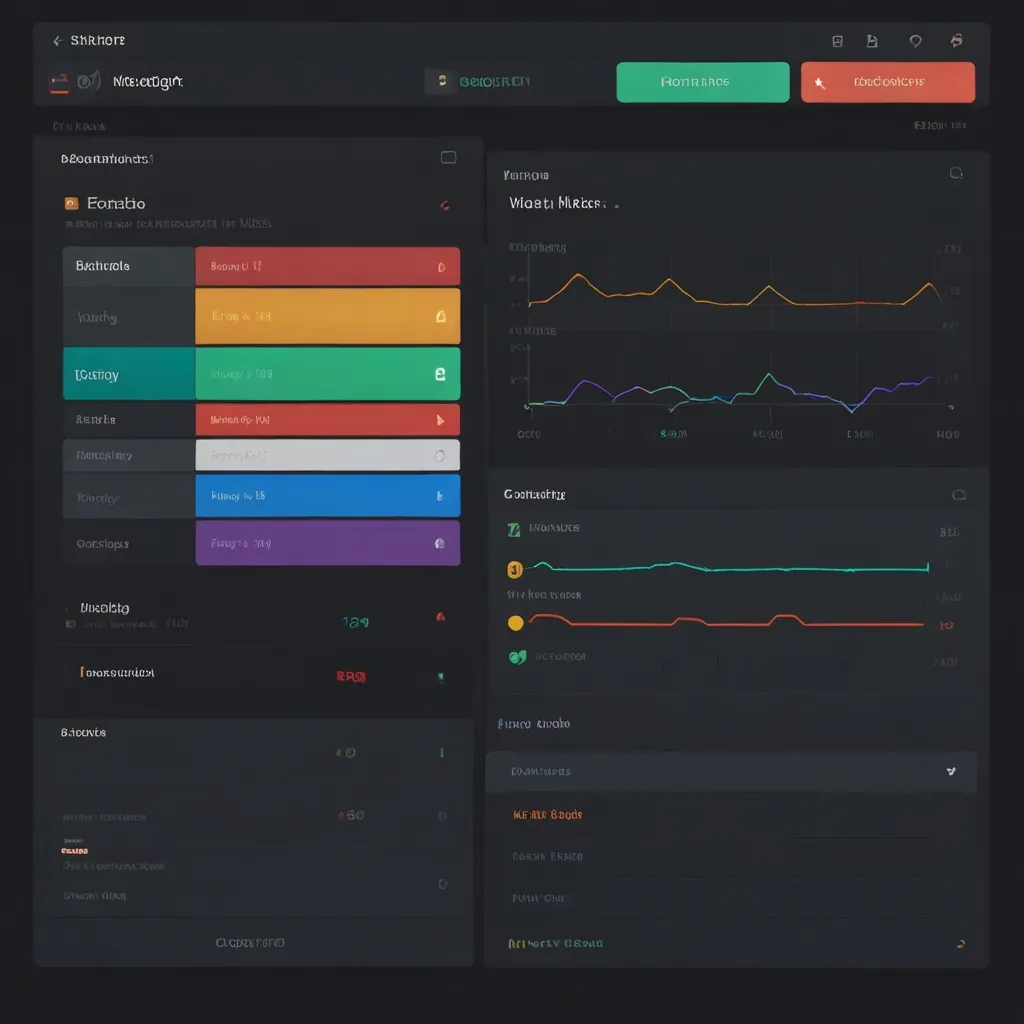The quality of code we write defines not just our present productivity, but the future health of our projects. I’ve spent years building systems in Python, and the single greatest lesson has been this: writing the code is only half the battle. The other half is ensuring it’s robust, secure, and maintainable. This is where a carefully chosen set of tools becomes indispensable. They act as a safety net, a tireless reviewer, and a meticulous guide, helping us craft software that stands the test of time.
Let’s explore some of the most impactful libraries that have fundamentally changed how I approach Python development.
When it comes to code formatting, consistency is everything. Arguing over single vs. double quotes or the placement of a comma is a drain on time and mental energy. This is the problem one particular formatter solves with an almost authoritarian grace. It takes your code and rewrites it to a strict, consistent style. The beauty is in its lack of configuration; you surrender to its decisions, and in return, you never have to think about style again. It integrates seamlessly into editors and CI/CD pipelines, ensuring every line of code committed adheres to the same standard. This eliminates entire categories of meaningless diff noise in version control, making reviews focus on what actually matters: logic and architecture.
A good linter is like a knowledgeable colleague looking over your shoulder. One popular tool combines the power of several static analysis utilities into one command. It checks for adherence to the official style guide, identifies common programming errors like undefined variables, and even assesses code complexity. I run this tool religiously before every commit. It’s caught countless silly mistakes I would have otherwise missed—a typo in a variable name, an unused import cluttering the namespace, or a overly complex function that needed breaking down. The feedback is immediate and actionable, making it a foundational tool for clean code.
Sometimes, you need more than just style and error checking; you need a full code quality audit. This is where a more comprehensive analyzer shines. It goes deep, examining your code for signs of poor design, potential refactoring opportunities, and “code smells.” It will suggest adding type hints for better clarity, warn about functions that have grown too large, and even rate your code with a score. I remember running it on an old project of mine for the first time. The score was abysmal, but the detailed report was a goldmine. It provided a clear, prioritized roadmap for improvement, transforming a messy script into a well-structured module.
# Example of code that would trigger suggestions
class DataProcessor:
def __init__(self, data):
self.data = data
def process_and_save(self):
# This function is doing too much
result = []
for item in self.data:
# ... complex processing logic ...
result.append(item)
# ... logic to save to a file ...
with open('output.txt', 'w') as f:
for r in result:
f.write(f"{r}\n")
# A better approach would be to split responsibilities
class DataProcessor:
def __init__(self, data):
self.data = data
def process(self):
# Handles only processing
result = []
for item in self.data:
result.append(item * 2) # Simplified example
return result
@staticmethod
def save_data(data, filename):
# Handles only saving
with open(filename, 'w') as f:
for d in data:
f.write(f"{d}\n")
Writing code is one thing; writing secure code is another. In today’s landscape, security cannot be an afterthought. A specialized security linter is essential for any application handling data. It scans code for common vulnerabilities, such as the use of insecure functions for executing shell commands, potential SQL injection vectors, or the presence of hardcoded passwords and API keys. I make it a mandatory gate in my continuous integration pipeline. It once flagged a seemingly innocent line of code where I was using pickle to deserialize data from an external source—a critical security risk I had completely overlooked. It doesn’t just find problems; it educates you on safer alternatives.
All the clean code in the world is meaningless if it doesn’t work as intended. This is where a powerful testing framework comes in. I’ve moved away from the built-in unittest module in favor of a more expressive and feature-rich alternative. Its simple, readable syntax makes writing tests a pleasure. Fixtures allow for elegant setup and teardown of test environments, and its powerful assertion introspection means when a test fails, you immediately see why—the expected value versus the actual value are clearly displayed. It encourages you to write more tests, which leads to more reliable code.
# A simple test using pytest
import pytest
def fibonacci(n):
if n < 0:
raise ValueError("n must be >= 0")
a, b = 0, 1
for _ in range(n):
a, b = b, a + b
return a
# Test the happy path
def test_fibonacci_values():
assert fibonacci(0) == 0
assert fibonacci(1) == 1
assert fibonacci(5) == 5
# Test that it raises an error appropriately
def test_fibonacci_negative():
with pytest.raises(ValueError):
fibonacci(-1)
Bugs are inevitable. When a test fails or an application crashes in production, a powerful debugger is your best friend. The built-in pdb module is functional, but an enhanced version supercharges the experience. It adds syntax highlighting, which makes tracing through code much easier on the eyes. Tab completion allows you to quickly explore objects and their attributes. The best feature, in my opinion, is the improved traceback display, which helps you navigate the stack frame intuitively. I’ve lost count of the hours this tool has saved me in diagnosing tricky state-related issues.
Writing tests is great, but how do you know if you’ve written enough? A coverage tool answers this question precisely. It tracks which lines of your code are executed when your tests run, and which are left untouched. It generates detailed reports, often in HTML format, that visually show you untouched files, classes, and functions. I aim for high coverage, not as a meaningless metric, but as a guarantee that critical paths are exercised. It once revealed an entire error-handling branch in a function that my tests had never triggered, prompting me to write a test that deliberately caused a failure to ensure the handler worked correctly.
# Example function where coverage is crucial
def divide_numbers(dividend, divisor):
if divisor == 0:
# This branch must be tested!
raise ZeroDivisionError("Cannot divide by zero")
return dividend / divisor
# A test suite with 100% coverage would need:
def test_divide_normal():
assert divide_numbers(10, 2) == 5.0
def test_divide_by_zero():
try:
divide_numbers(10, 0)
assert False, "Expected ZeroDivisionError"
except ZeroDivisionError:
assert True
These tools are not meant to be used in isolation. They form a powerful, interlocking system that supports the entire development lifecycle. My typical workflow involves the formatter and linter running automatically on every file save in my editor, catching issues instantly. The full code analyzer and security linter run as part of my pre-commit hooks, preventing problematic code from even being committed. The testing framework and coverage tool are the final gatekeepers in the continuous integration pipeline; a build fails if tests don’t pass or if coverage drops below a certain threshold.
Adopting this toolkit requires an initial investment of time to configure and integrate, but the payoff is immense. It elevates your code from a simple script to a professional, maintainable, and secure software component. It reduces cognitive load, allowing you to focus on solving business problems rather than worrying about stylistic inconsistencies or hidden bugs. In the world of software development, quality isn’t a luxury; it’s a necessity. These libraries provide the means to achieve it consistently and efficiently.






